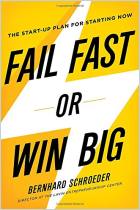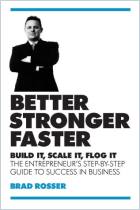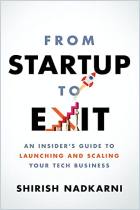When Michael Dell built computers in his dorm room in the 1980s, his customers paid him in advance. When apparel retailer Banana Republic first opened, it charged $1 a copy for its catalog and used the proceeds to build its inventory. Both companies exemplify what management professor John Mullins calls “the customer-funded business,” a commonsense approach to financing a company that avoids needed venture capital and bank loans. Instead, savvy entrepreneurs use their customers’ money to fund their growth. Mullins makes a compelling case for his model and its variants, and he illustrates the strategy with real-world examples. getAbstract recommends his guidebook to entrepreneurs curious about this alternative way to finance new ventures.
Alternatives to Venture Capital
Obtaining venture capital (VC) is one mark of a successful start-up, but savvy entrepreneurs know it isn’t the only – or always the best – path to success. For many entrepreneurs, the wisest way to build a new business isn’t by pitching to VCs or mortgaging the house for a bank loan. Instead, they use their customers’ money to finance their new firms. This isn’t a fringe concept. This is how some big-name firms began, such as Airbnb, Dell Computer and Banana Republic. Customer-funded start-ups must provide a product that fulfills a robust demand and generates brisk sales. The product should be sufficiently distinctive that customers will pay a premium or will pay for it in advance. This runs counter to the popular VC model, but the counterpoint to venture capital is the pattern that the more funding a business gets, the less likely it is to succeed. All too often, VC-funded start-ups focus on wooing investors, not serving customers. The crux of the “customer-funded” approach is that you know your market so well that you understand what customers want and what they’re willing to pay for it.
Customer funding is not “bootstrapping,” which...
John Mullins, PhD, is an associate professor of management practice at the London Business School. He is the author of The New Business Road Test and co-author of Getting to Plan B.
















Comment on this summary